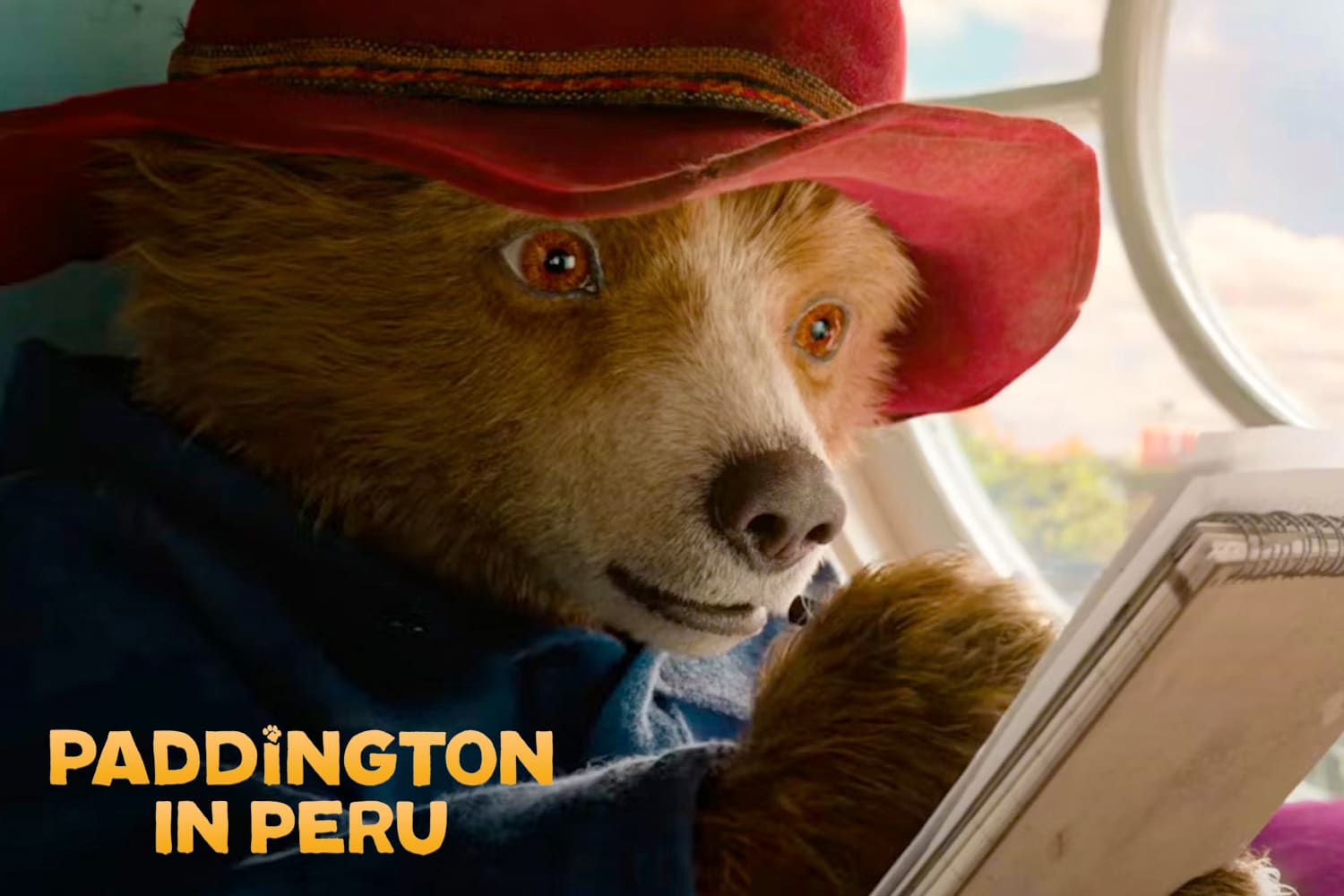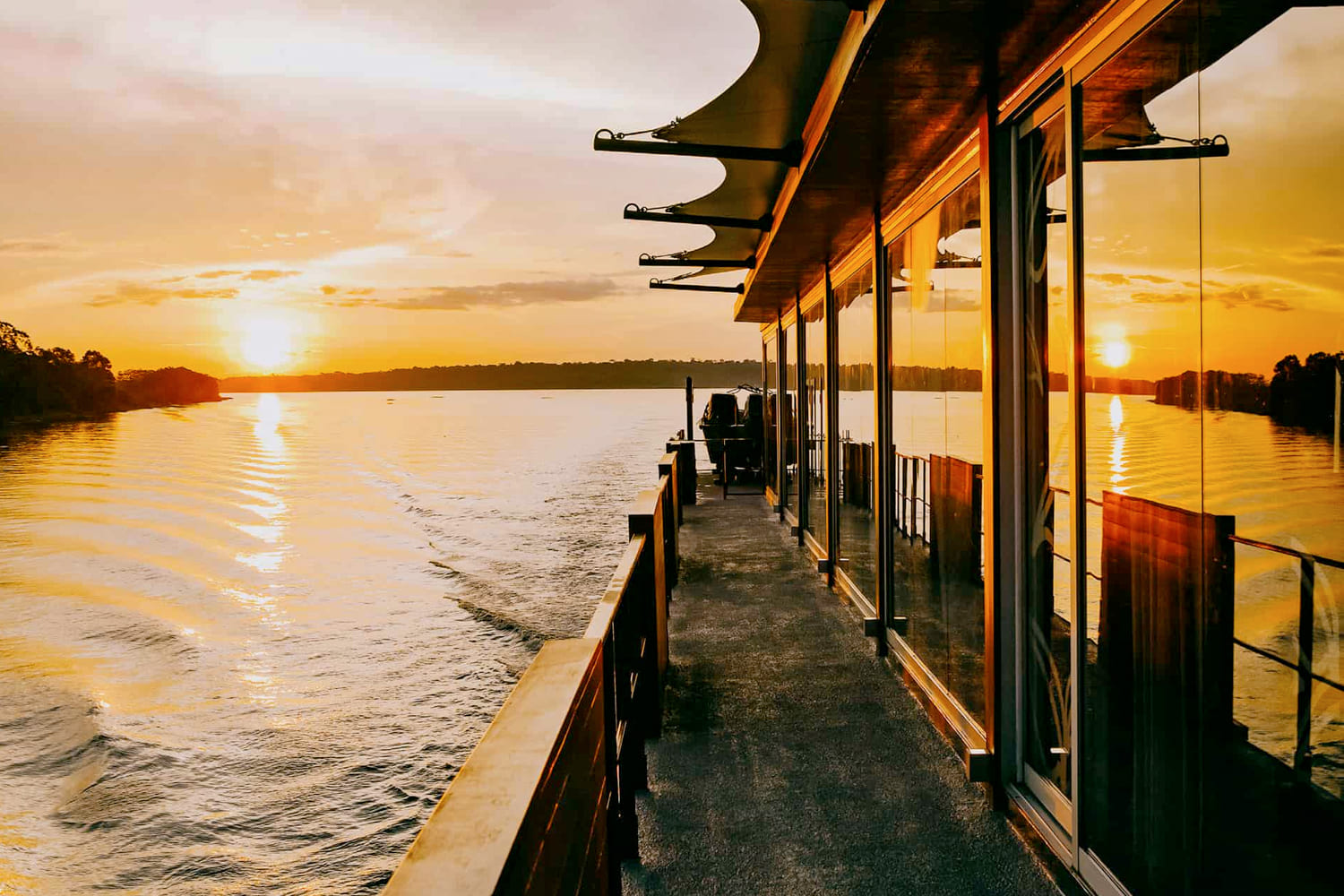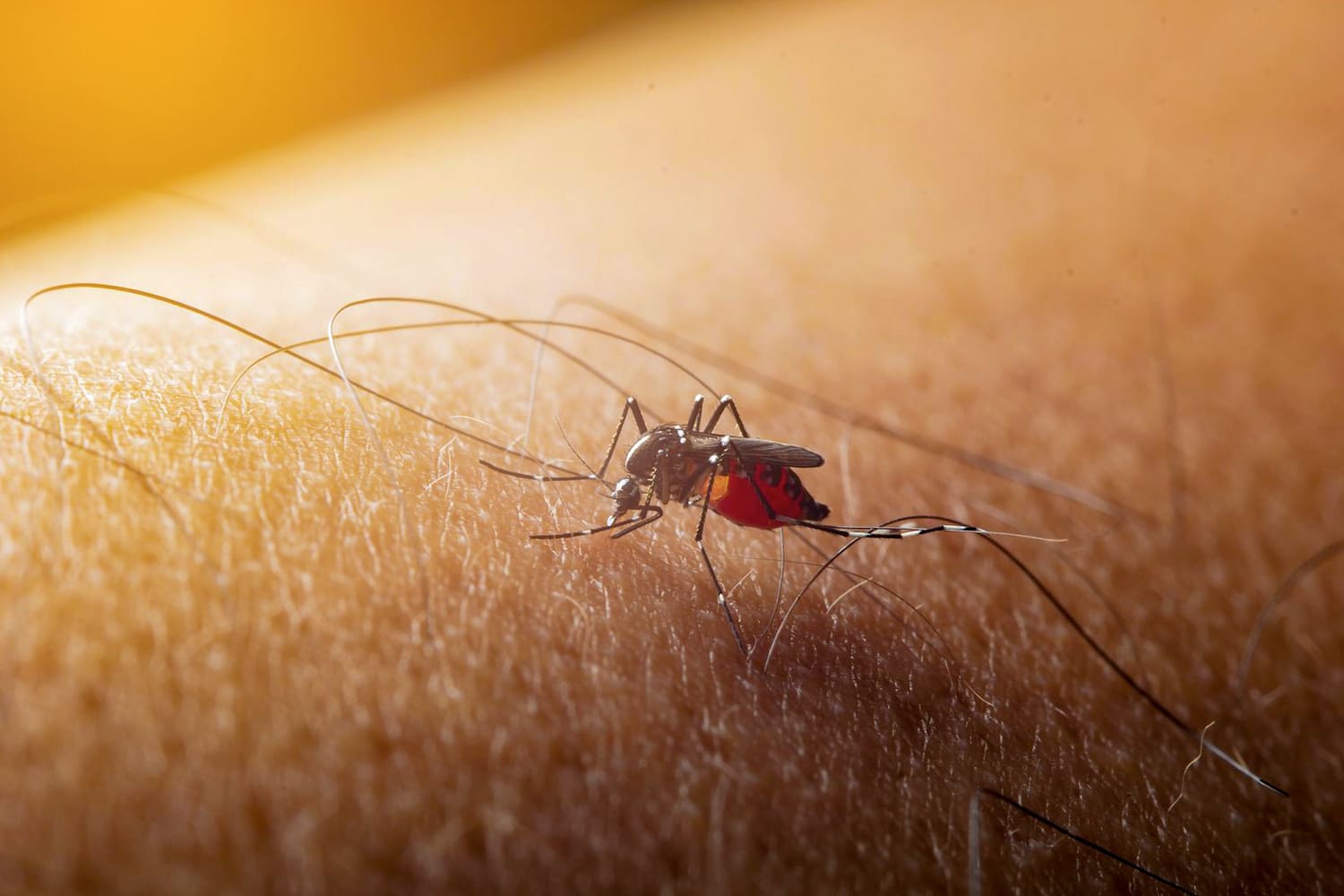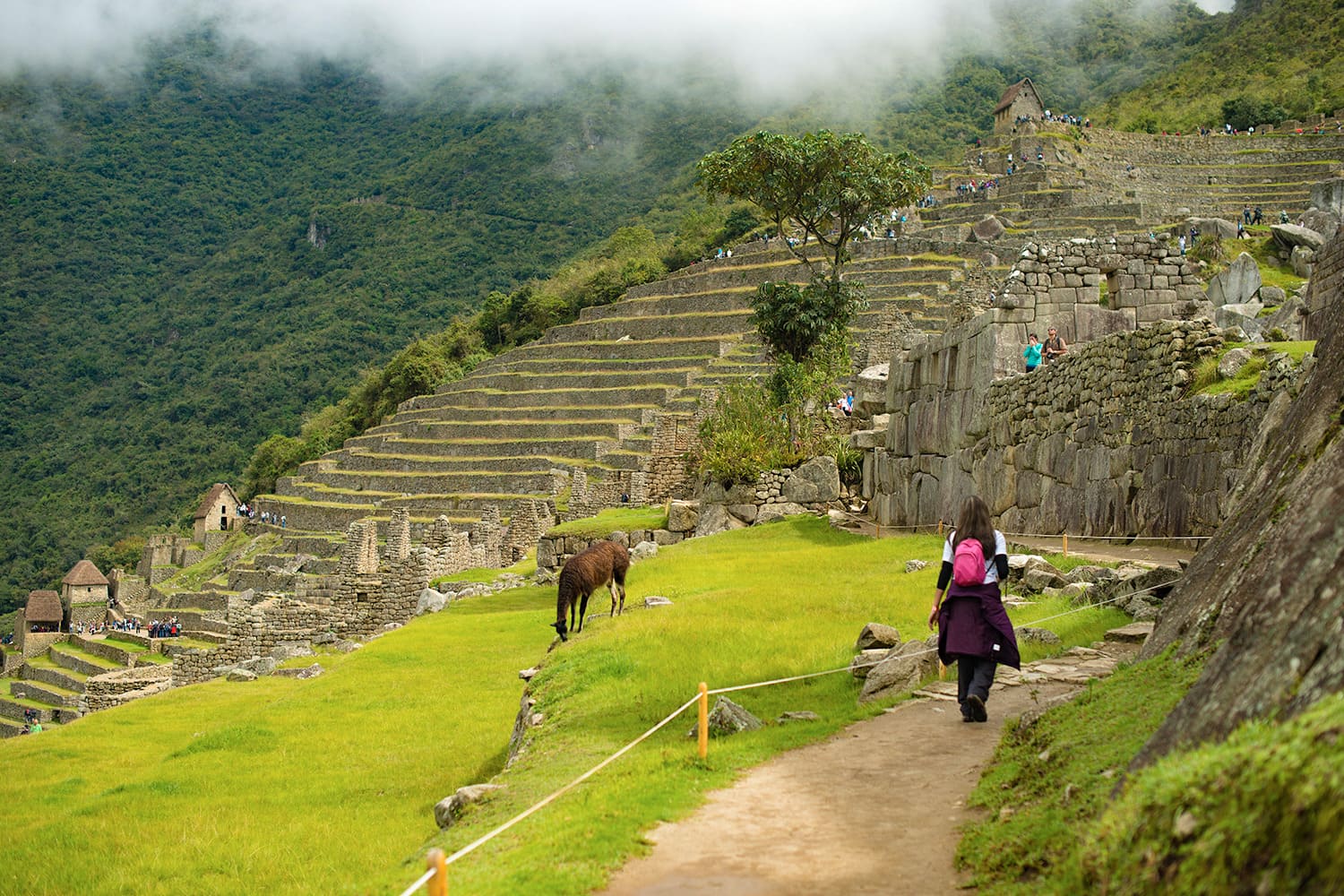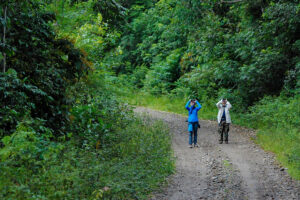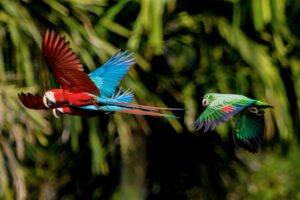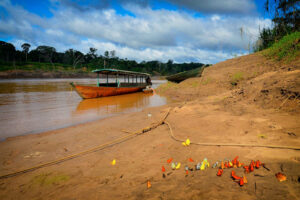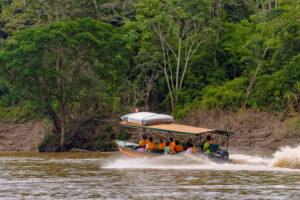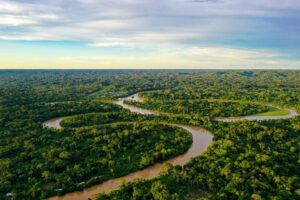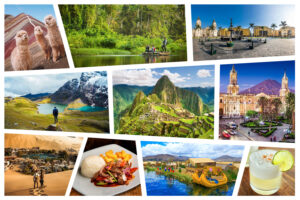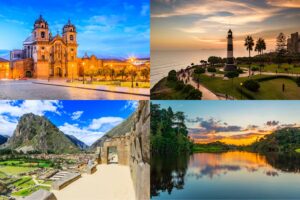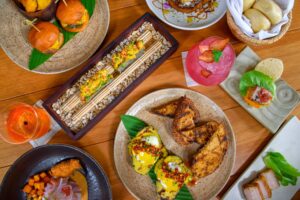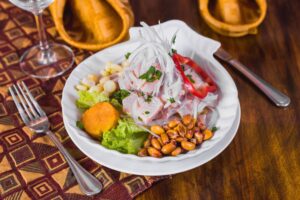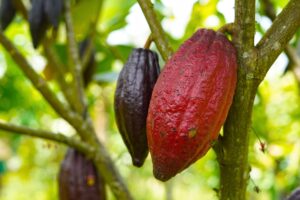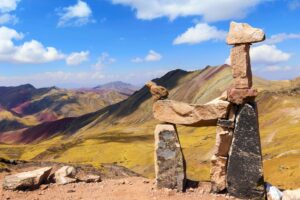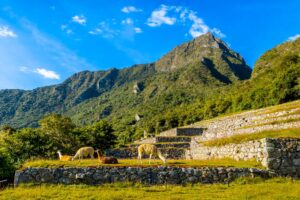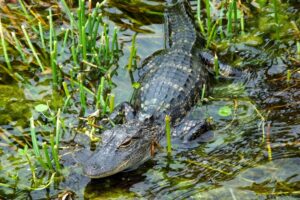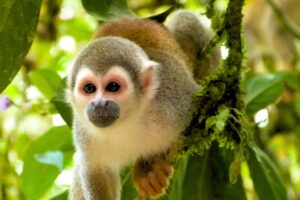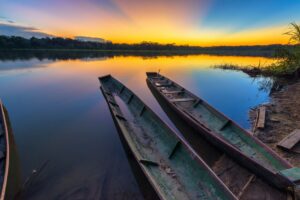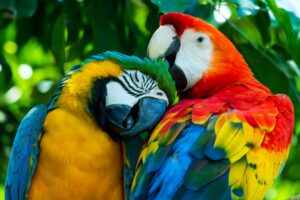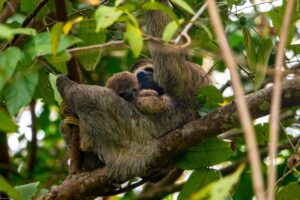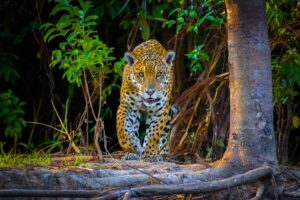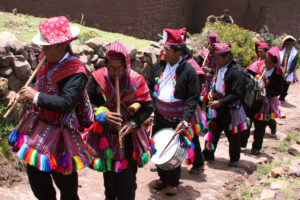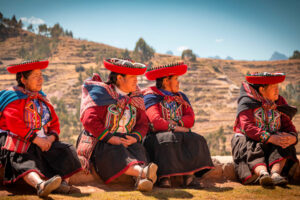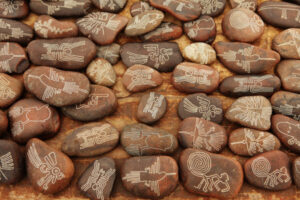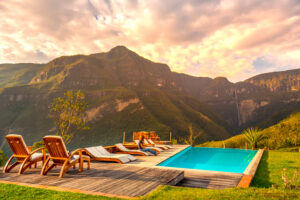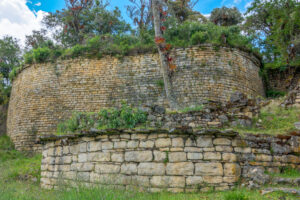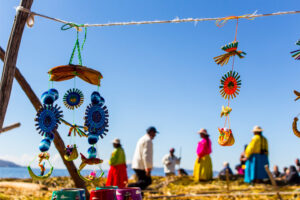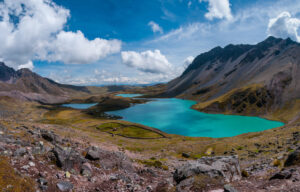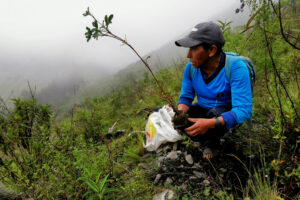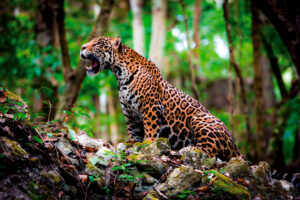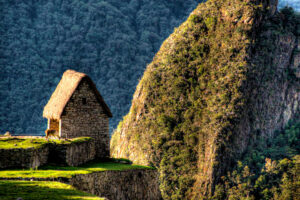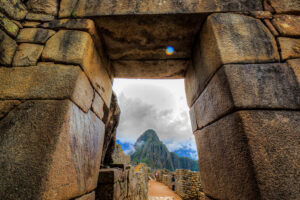WHY YOU SHOULD CHOOSE PERU ON YOUR NEXT VACATIONS
Travel to Peru is undoubtedly one of the greatest desires of tourists worldwide, and it is truly a great world destination because it has a large number of landscapes, and is the cradle of the largest empires that dominated this part of South America. The Incas, who built huge stone buildings, have left valuable archaeological treasures that currently fascinate every visitor who arrives in Peru. This amazing country is located on the east coast of the South American continent, next to the Pacific Ocean.
It is a unique, multicultural and colorful destination, a country full of contrasts that come to light, such as its diverse culture, history, geography, biodiversity and gastronomy; from the coastal lands of the capital and the dunes of Ica, crossing the Andes Mountains to the Peruvian Amazon.
If you are going to travel to Peru on your next vacation, take into account that you must spend at least 8 to 10 days, to be able to visit its greatest archaeological and scenic attractions, Peru is home to the citadel of Machu Picchu, one of the seven wonders of the world, located on the outskirts of the city of Cuzco in the edge of the forest. And although Machu Picchu is one of the most visited sites in Peru, it alone is not enough to fully understand this exotic country.
As one of the largest countries in South America, Peru’s landscape is diverse. In the east, you have the exotic Amazon jungle, where you can explore the great national parks such as Pacaya Samiria in Iquitos, the Manu National Park in Cusco, both scenarios are located in the great Amazon plain, where biodiversity is wide and life unique wild. The Andes mountains divide the country in half, inviting the most courageous hikers to approach them. Among the most visited mountain landscapes are the Huaraz mountain range, the Ausangate snow-capped mountain, and one of the most famous is the hill of seven. Vinicunca colors. Also in the Andes is the highest navigable lake in the world, Titicaca.
Travel to Peru also includes the extensive desert plains of Ica, Lima, Lambayeque and Piura where there are beautiful beaches, and the best gastronomy of marine products, of which the most famous dish is Ceviche, an essential place that you should visit In Peru, it is the museum of the Lord of Sipan, in which the largest collection of gold and silver objects from the Mochica culture are exhibited. An unpredictable destination are also the famous Nazca lines in Ica, which were designed by the Nazca culture. In summary, we can say that Peru has the largest number of options in landscapes, cultures and its already famous gastronomy, making this country the greatest power of tourism in the world.


